SDLC Phases and Examples – What Is Software Development Life Cycle
The Basics of Product Management
MAY 24, 2020
Software Development Life Cycle (SDLC) is the process of building software, using 6 phases – Analysis, Definition, Design, Coding, Testing and Deployment. The acronym also stands for system development life cycle. People use it interchangeably with software development life cycle. SDLC Phases.

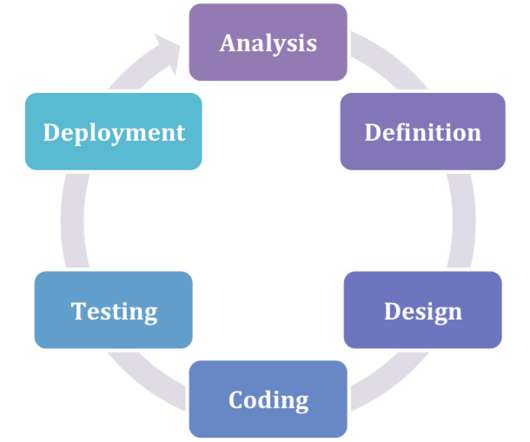



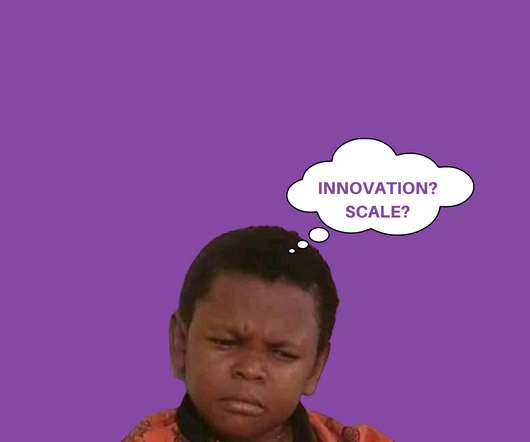



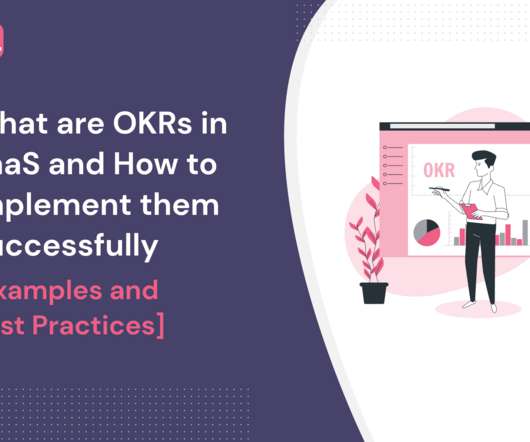



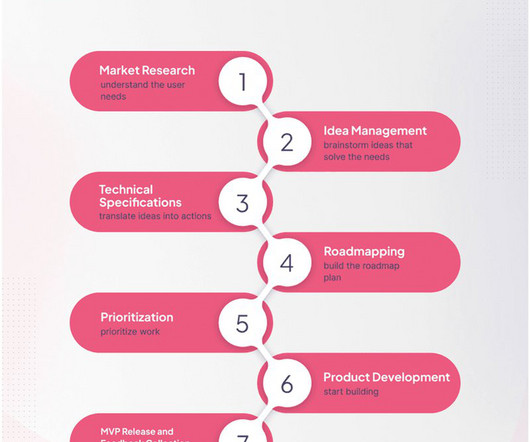








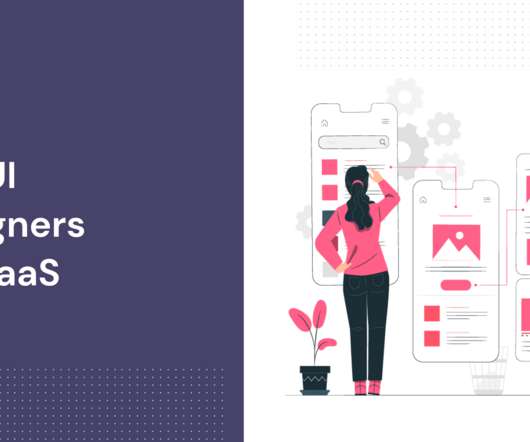















Let's personalize your content